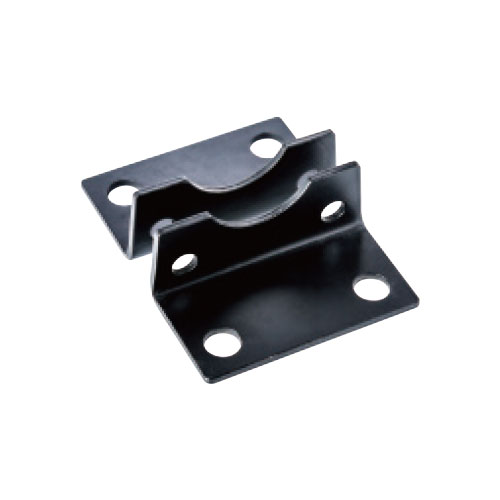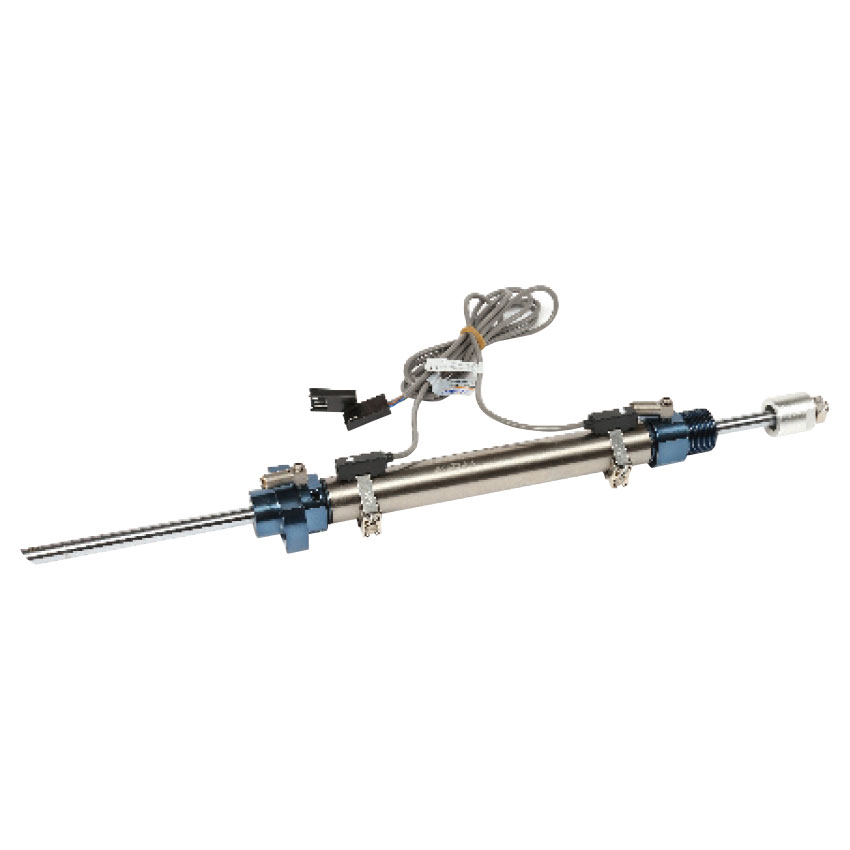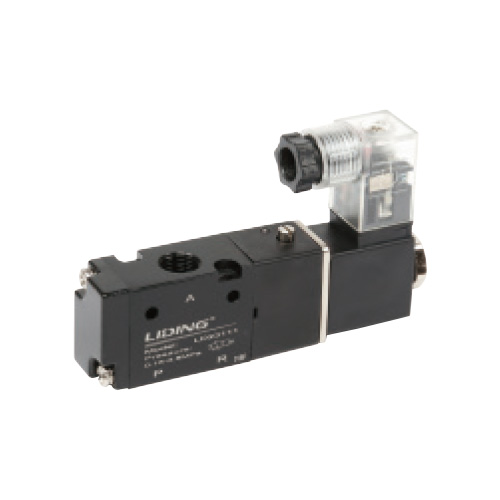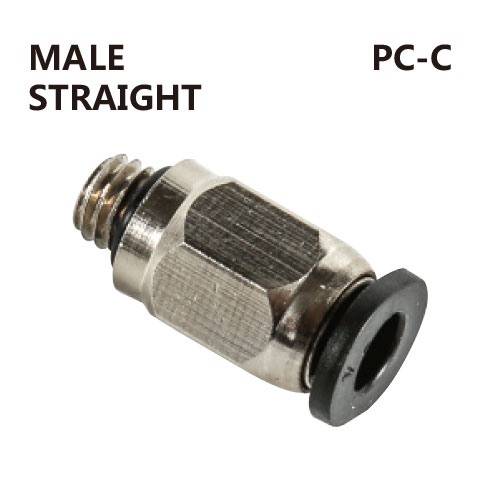Important safety tips for the use of pneumatic tools
When it comes to operating pneumatic tools, that is, to […]
When it comes to operating pneumatic tools, that is, tools that run on compressed air, knowing how to operate them safely is critical. The compressed air that runs these tools can create danger, especially in the case of pneumatic nailers, drills, or jack hammers.
Accidents involving pneumatic equipment do occur and will occur if the proper safety precautions are not observed.
Here are a number of safety tips to remember:
- Read the entire instruction manual before you begin operating the tool. Even if you've previously operated a similar tool, it's always best to understand precisely how it works, especially if an emergency situation should arise.
- Whenever appropriate, use safety gloves, glasses and other safety equipment. Before allowing anyone to use your pneumatic tool, be sure that they will be wearing the appropriate safety gear. This will prevent both accidents and a possible liability suit for you.
- Make sure that these tools, specifically nailers and staplers, are never pointed at another person.
- Be sure that others are safe while you are using your tools. You may need to set up some safety screens to prevent others from being hit by flying debris and dust.
- Take care of your tools. Don't let them get clogged or jammed. Be sure to clean and oil them regularly.
- Do not use any attachments that don't belong with the pneumatic tool you're using. Never force a tool to accept an attachment, and don't use an attachment that was not intended for the tool you are using.
- Avoid running your tool at an air pressure higher than the maximum limit specified by the manufacturer.
- Avoid creating hazards by placing the air hose in walkways or in areas that have jagged objects or other hazards.
- Don't use the hose as a handle for your pneumatic tool.
- Remember to shut the air off when switching between different tools, or if you're done using your tools.
Air hoses also require several vital safety procedures for safe operation as follows;
- Don't try to use mismatched hoses and fittings. Check and match the diameters carefully.
- Check the hoses for damage often, and if you find a bad hose, replace it with a new one immediately.
- Hold the line away from you and blow it out before connecting it.
- Only employ hoses that are made for pneumatic tools - they are specifically fabricated to withstand against breaking and are designed to be highly flexible.
- By the same token, use only hoses that have a minimum working pressure rating of 150 psig. You could also use hoses that are able to handle 150% of the maximum pressure needed by your tools. Choose the highest number available.
- Don't use an air compressor as a blower to remove debris. This is especially true of debris on your clothes. Cleaning with compressed air is potentially very hazardous.
What may seem like obvious safety precautions to you may seem completely unnecessary to another. Take responsibility to ensure that these procedures are followed by those around you who are operating pneumatic tools.








